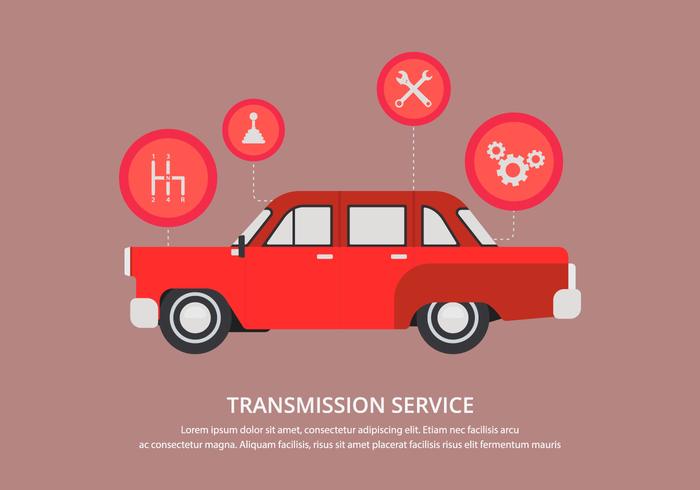Comprehending The Meaning Behind Your Lorry'S Warning Lights: A Comprehensive Appearance
Comprehending The Meaning Behind Your Lorry'S Warning Lights: A Comprehensive Appearance
Blog Article
Web Content Writer-Lauritsen Alvarado
When you're behind the wheel, those radiant caution lights on your dashboard can be a bit perplexing. Do you recognize what they're attempting to tell you regarding your car's wellness? Comprehending the value of these lights is important for your safety and security and the durability of your vehicle. So, the following time among those lights appears, would not you intend to decode its message properly and take the required steps to address it?
Common Caution Lights and Interpretations
Recognize usual warning lights in your vehicle and understand their meanings to ensure secure driving.
One of the most normal caution lights consist of the check engine light, which signifies issues with the engine or discharges system. If this light begins, it's vital to have your automobile checked immediately.
The oil pressure cautioning light suggests low oil stress, requiring instant focus to stop engine damages.
A blinking battery light may suggest a damaged charging system, potentially leaving you stranded otherwise addressed.
The tire stress tracking system (TPMS) light signals you to reduced tire stress, affecting vehicle stability and fuel efficiency. Overlooking this can bring about unsafe driving conditions.
The abdominal light shows an issue with the anti-lock braking system, endangering your capacity to quit quickly in emergencies.
Last but not least, the coolant temperature advising light warns of engine overheating, which can result in serious damage if not resolved quickly.
Comprehending these typical caution lights will aid you deal with issues quickly and keep secure driving conditions.
Value of Prompt Focus
Recognizing the common warning lights in your auto is only the first step; the importance of without delay attending to these cautions can not be highlighted sufficient to ensure your safety when driving.
When a caution light illuminates on your control panel, it's your vehicle's method of communicating a prospective issue that needs interest. Ignoring these cautions can bring about much more extreme problems in the future, jeopardizing your safety and security and possibly costing you much more in repairs.
Prompt attention to advising lights can prevent break downs and mishaps. For instance, a blinking check engine light can indicate a misfire that, if left unattended, can cause damage to the catalytic converter. Addressing this without delay can save you from an expensive repair work.
In a similar way, a brake system warning light may indicate reduced brake liquid or used brake pads, essential components for your safety and security when driving.
Do It Yourself Troubleshooting Tips
If you discover a caution light on your dashboard, there are a few do it yourself troubleshooting suggestions you can attempt before seeking expert aid.
The initial step is to consult your cars and truck's handbook to recognize what the details warning light indicates. Often the concern can be as easy as a loose gas cap triggering the check engine light. Tightening the gas cap might settle the issue.
Another usual concern is a low battery, which can cause various alerting lights. Inspecting https://oil-change-cost18394.mybuzzblog.com/10832941/want-to-find-the-most-reputable-automobile-repair-shop-in-your-area-testimonial-the-leading-10-ideas-that-will-support-you-in-making-an-audio-decision for deterioration and guaranteeing they're protected could take care of the problem.
If a warning light lingers, you can try resetting it by separating the vehicle's battery for a couple of mins and afterwards reconnecting it. Furthermore, checking https://cmmonline.com/articles/fleet-vehicle-maintenance-tips , such as oil, coolant, and brake fluid, can aid troubleshoot warning lights related to these systems.
car washing near me
In conclusion, comprehending your car's warning lights is crucial for keeping your automobile running smoothly and safely. By quickly dealing with these signals and understanding what they imply, you can avoid expensive repairs and potential malfunctions.
Bear in mind to consult your automobile's manual for specific information on each alerting light and take action appropriately to ensure a trouble-free driving experience.
Keep informed, stay safe when traveling!
